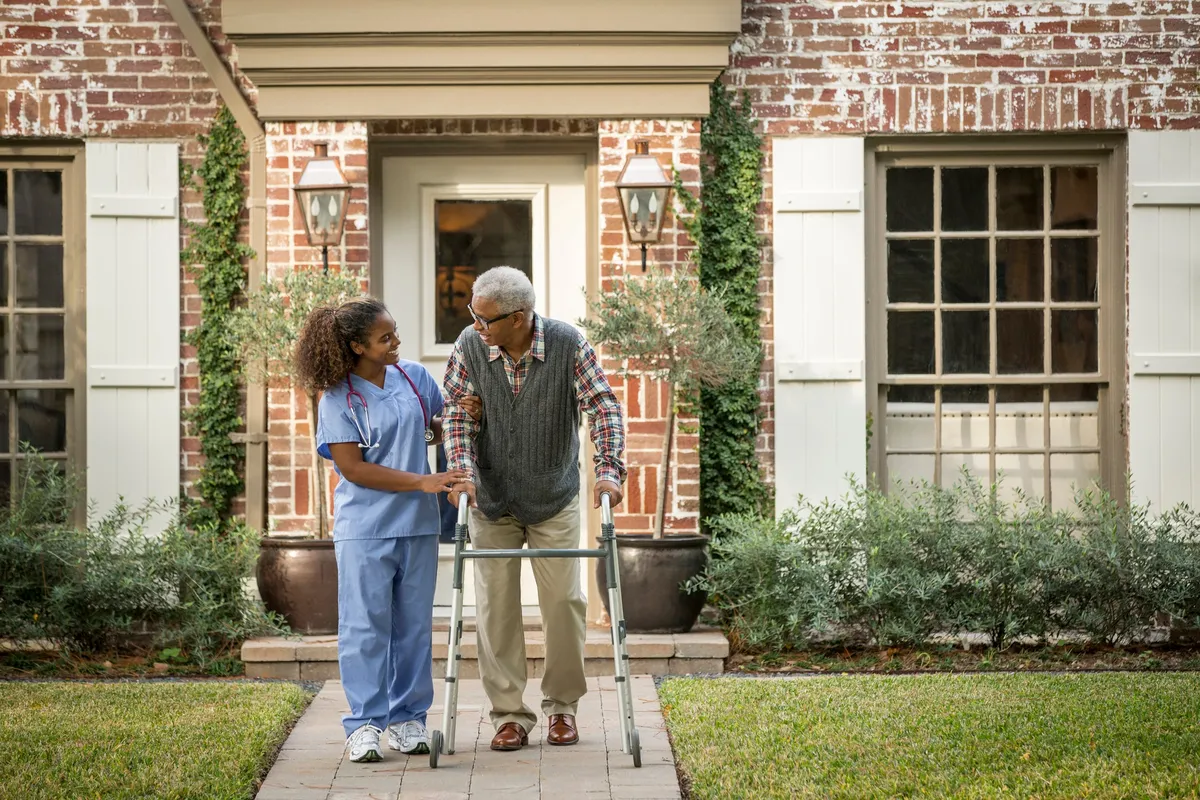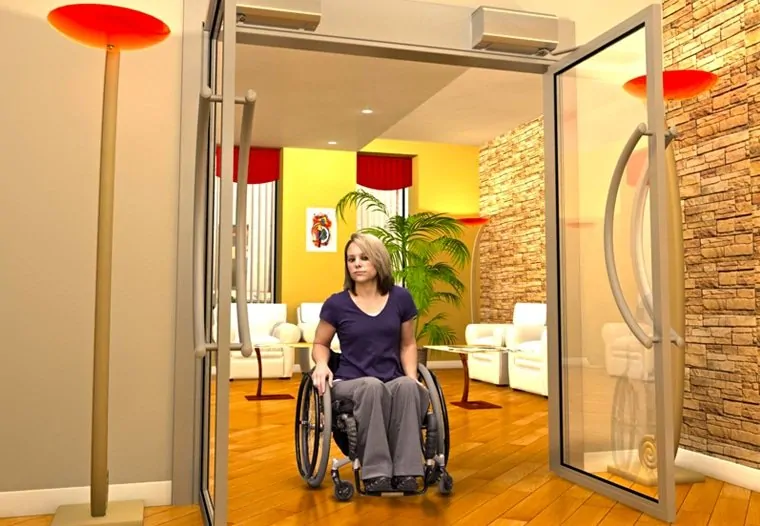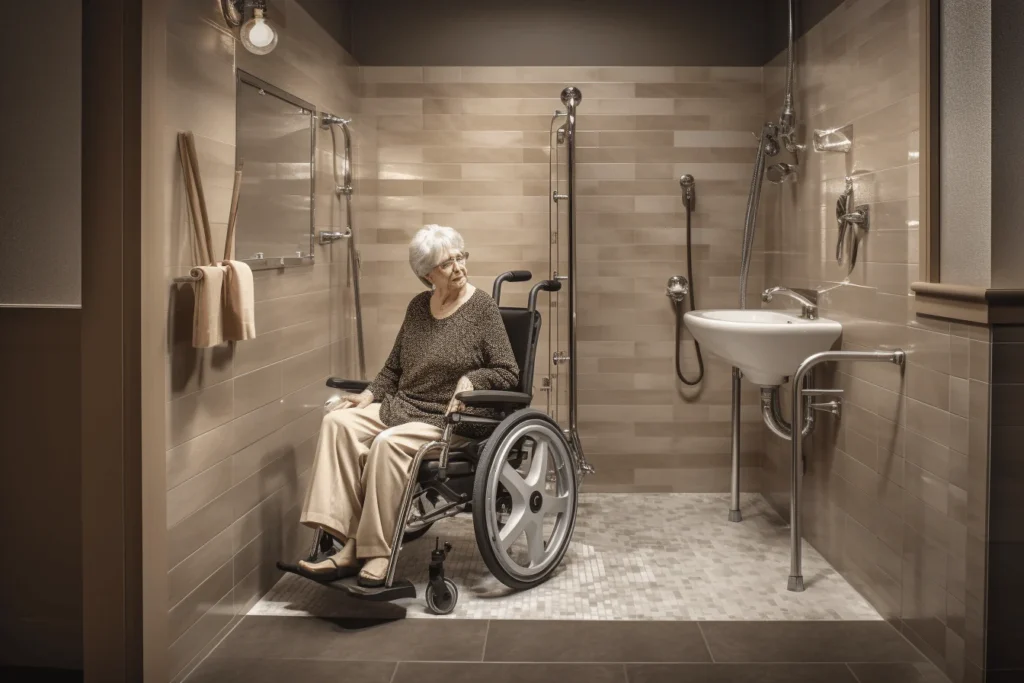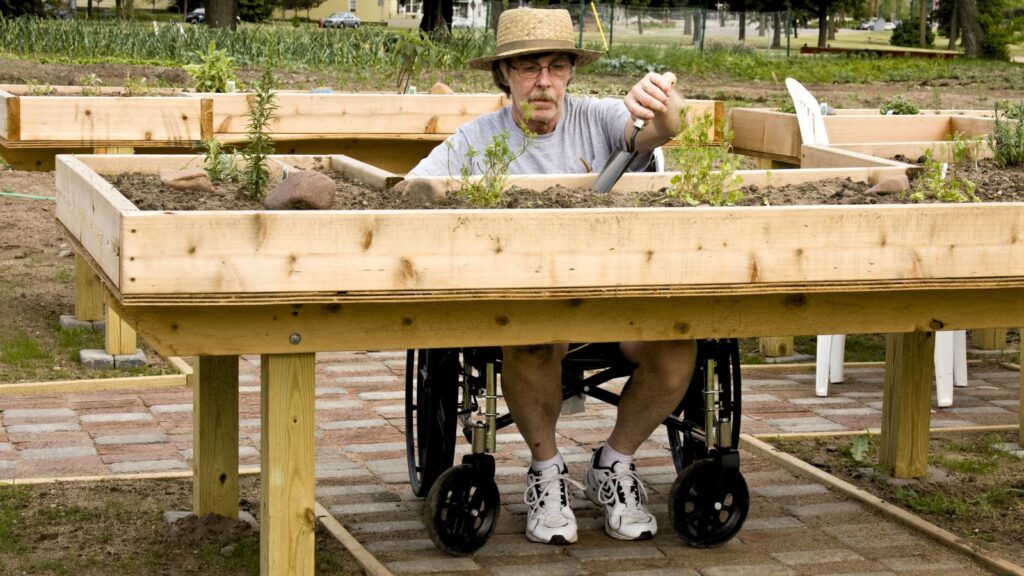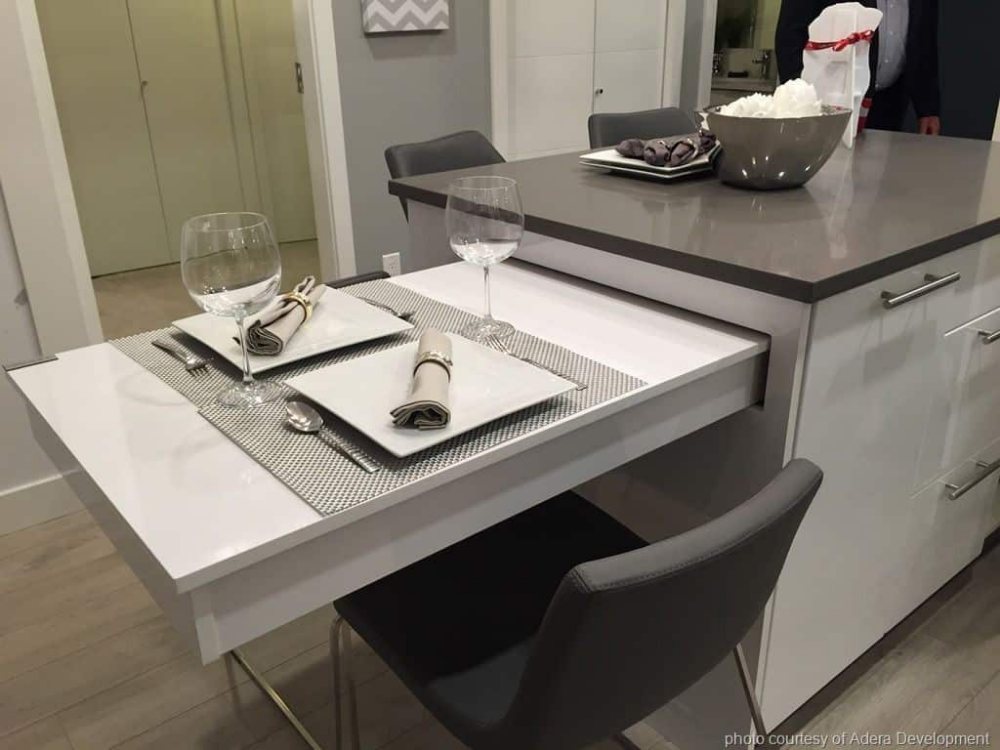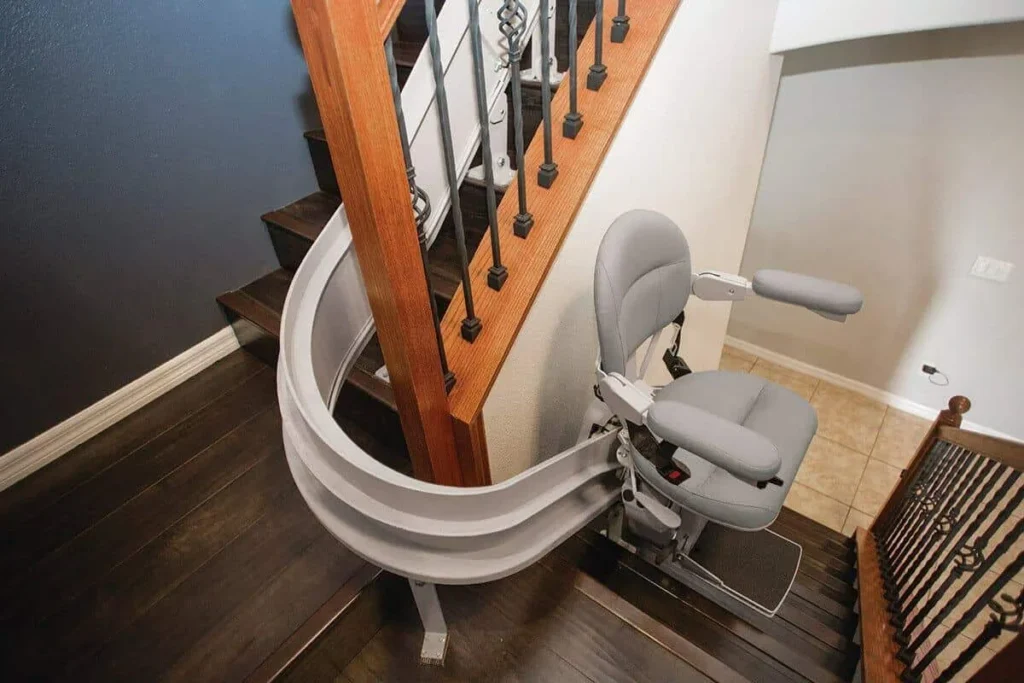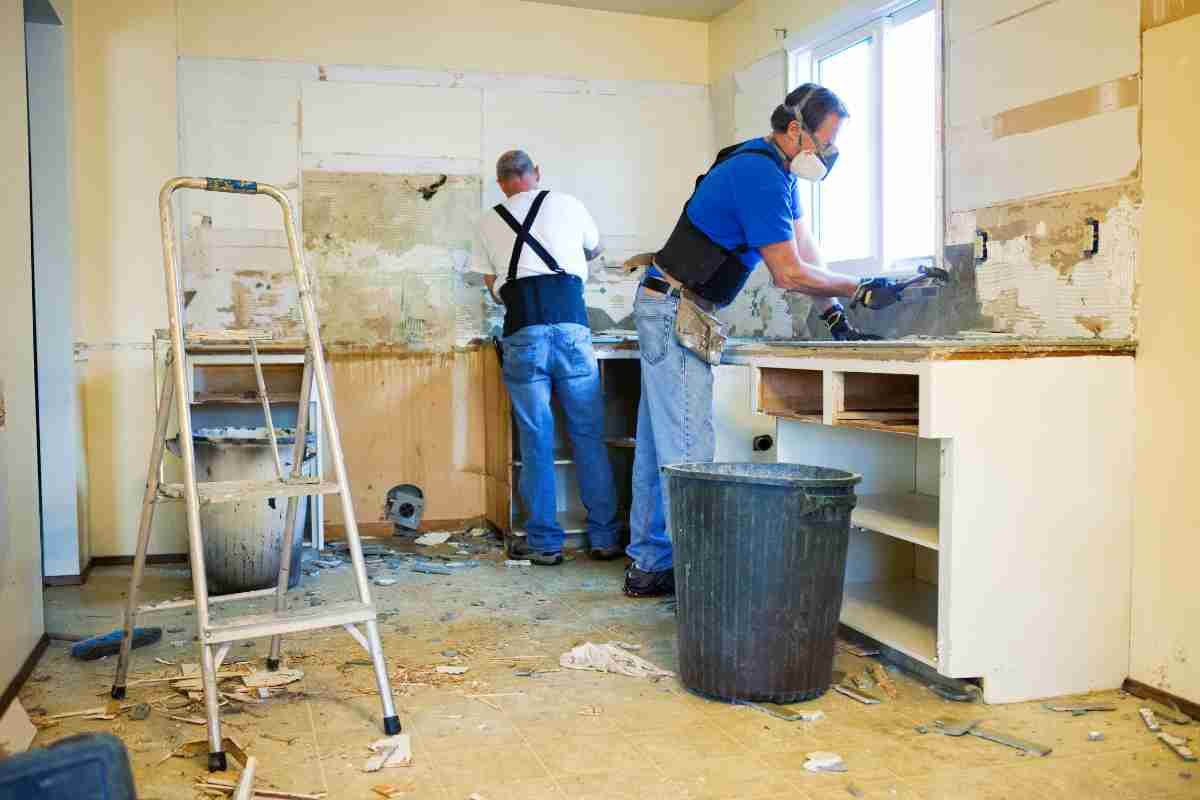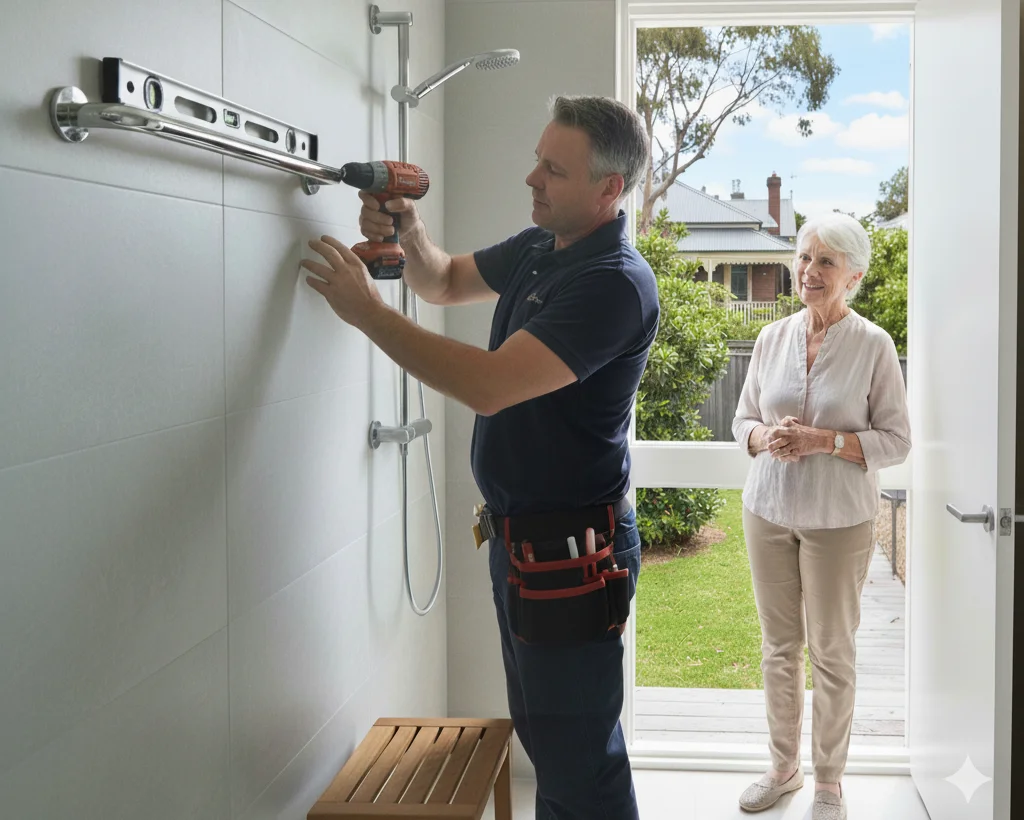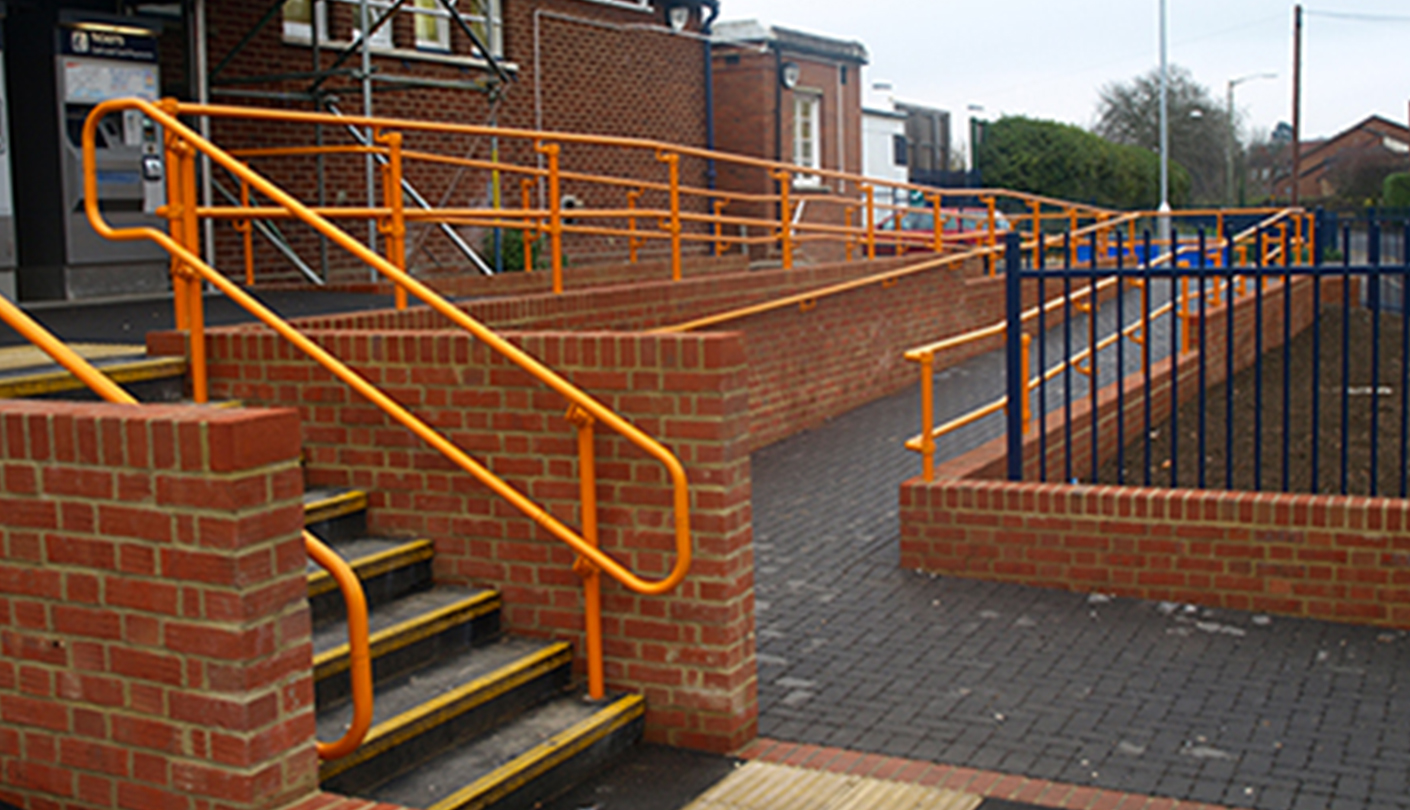You know that feeling when you finally decide to renovate — you’ve pinned all your inspo boards, mapped out the budget, and found the...
Top 7 Home Renovations for Elders and Disabled for Comfort
As life changes, so should the spaces we inhabit. For elders and disabled individuals, home renovations can significantly improve safety, independence, and comfort. Whether you’re planning a major renovation or just looking for some adjustments, these 7 ideas will help create a home that’s as functional as it is comfortable. Let’s dive in!
1. Wheelchair Accessible Doors and Hallways
A fundamental aspect of any accessible home is ensuring that doorways and hallways are wide enough to accommodate wheelchairs, walkers, or other mobility aids.
Widening doors and hallways not only creates a smoother flow of traffic but also helps prevent accidents, making it easier for elders and disabled individuals to move around.
Key Benefits:
- Improved mobility: Easier to navigate through the home.
- Reduced risk of injury: Less likelihood of bumping into walls or door frames.
Pro Tip: Consider installing automatic doors for high-traffic areas to add convenience.
2. Bathroom Modifications: Walk-In Showers and Grab Bars
The bathroom is one of the most important areas to renovate for accessibility. Installing a walk-in shower with no step-up entry is a game-changer for anyone with limited mobility. Adding grab bars around the shower, near the toilet, and beside the sink also provides additional support and safety.
Key Benefits:
- Increased independence: Makes it easier to bathe or use the restroom without assistance.
- Enhanced safety: Prevents falls and provides extra stability when moving around.
Pro Tip: Choose non-slip tiles for the floor to prevent accidents in wet conditions.
3. Elevated Garden Beds for Accessible Gardening
For those who love to garden but struggle with bending or kneeling, raised or elevated garden beds are a fantastic solution. These beds allow for gardening at a comfortable height, reducing strain on the back and knees. They also make it easier for wheelchair users to enjoy planting and tending to plants.
Key Benefits:
- No bending required: Perfect for people with mobility issues.
- Promotes mental well-being: Gardening can be a therapeutic and rewarding activity.
Pro Tip: Add self-watering systems to make garden care even easier.
4. Smart Home Automation for Convenience
Smart home technology can greatly improve the quality of life for elders and disabled individuals. Automated lighting, heating, air conditioning, and even locks can all be controlled remotely or through voice commands. This can help reduce the physical effort needed to perform daily tasks, making it easier to manage the home environment.
Key Benefits:
- Convenience: Control lights, temperature, and security with minimal effort.
- Increased independence: Reduced reliance on physical actions for everyday tasks.
Pro Tip: Install motion sensor lights in key areas like hallways and bathrooms for added safety at night.
5. Kitchen Modifications: Lowered Counters and Pull-Out Shelves
The kitchen is one of the most used spaces in a home, but traditional kitchen designs can be challenging for individuals with limited mobility. Lowering the counters or installing pull-out shelves makes cooking and food preparation much easier. These modifications allow for better reach and less strain, especially for wheelchair users.
Key Benefits:
- Easier access to all kitchen essentials, reducing the need for stretching or bending.
- Greater comfort: Prepare meals without straining your back or shoulders.
Pro Tip: Use touchless faucets to make washing up even more convenient.
6. Stair Lifts for Multi-Level Homes
For multi-level homes, stairs can be a major obstacle. Installing a stair lift is a cost-effective way to make each floor of the house accessible without the need for extensive construction. Stair lifts can help elders or individuals with mobility impairments move between levels with ease and confidence.
Key Benefits:
- Safe access between floors.
- Increased independence without needing to rely on others for help.
Pro Tip: Choose a stair lift with adjustable speed settings for greater comfort.
7. Custom Furniture with Built-In Mobility Features
Furniture designed with mobility in mind can make a significant difference in daily comfort. Adjustable-height beds, chairs, and tables can provide relief for people with joint pain or arthritis. Some pieces come with built-in grab bars or supports, making it easier to get in and out of seats without assistance.
Key Benefits:
- Enhanced comfort tailored to specific needs.
- Better mobility with furniture that accommodates limited movement.
Pro Tip: Look for furniture that offers multiple adjustable settings to accommodate various needs.
Conclusion
Home renovations for elders and disabled individuals go beyond just making a house look nice—they’re about creating a space where safety, comfort, and independence come first. From widening doorways and installing walk-in showers to adding smart home features and custom furniture, these renovations are investments in both quality of life and peace of mind.
So, whether you’re upgrading your current space or planning for the future, these renovations will help make your home a safer, more comfortable place to live.
FAQs: Renovations for Elders and Disabled
What are the best home renovations for elders and disabled individuals in Melbourne?
Key renovations include wheelchair accessible doors, walk-in showers with grab bars, lowered kitchen counters, and smart home automation for convenience and safety.
How can home renovations for elders and disabled improve quality of life in Melbourne?
These renovations enhance accessibility, safety, and comfort, promoting independence and reducing the risk of falls or accidents for individuals with mobility challenges.
Are there government programs for funding home renovations for elders and disabled in Melbourne?
Yes, the Home Modification Program (HMP) offers funding for eligible individuals in Melbourne to make their homes more accessible and safer.
How long does it take to complete home renovations for elders and disabled in Melbourne?
Renovations can take anywhere from a few days for smaller adjustments like grab bars to a few weeks for larger projects like installing stair lifts or reconfiguring kitchens.

